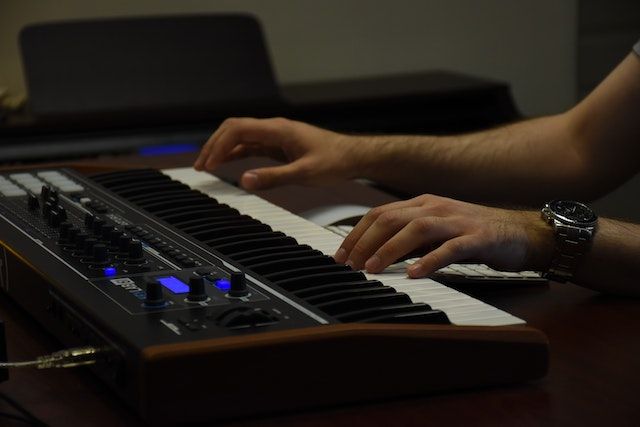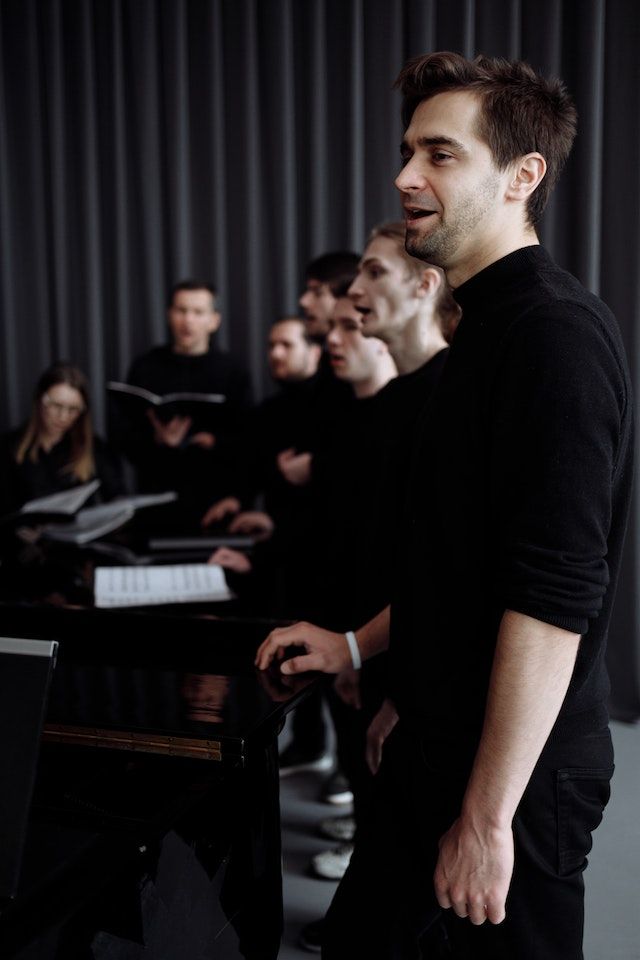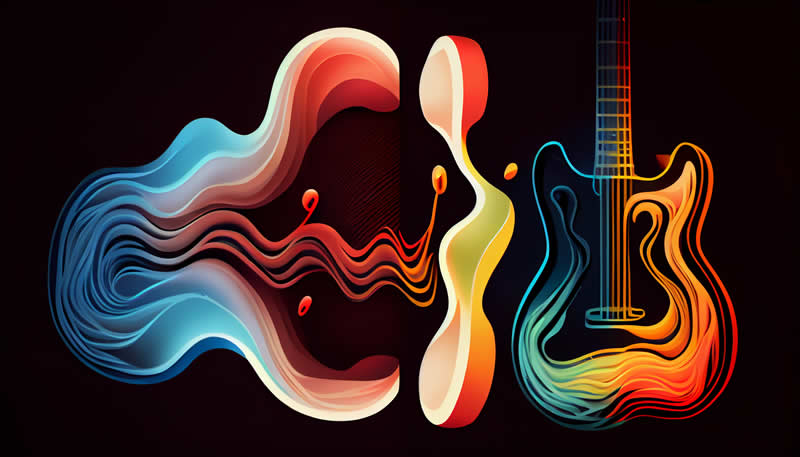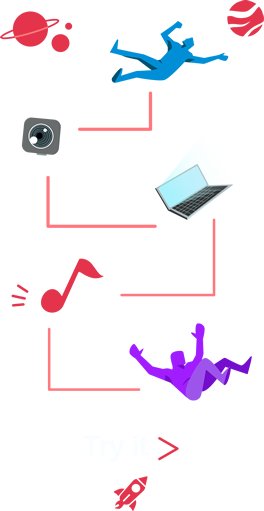What is vibrato in music? Best definition and how to execute one
Vibrato is a musical effect when a note's pitch is rapidly and slightly altered. The word "vibrato" is derived from the Italian verb "vibrare," which means to pulse or to resemble a pulse and which characterizes the vibrato effect in singing.
Probably present in every song or musical piece you listen to, the quantity of pitch that is covered in the note and the rate at which the note changes can both help to identify it.
It is used to add emotion to music, usually by using a deeper or richer tone, making it an excellent tool for musicians and singers to employ when attempting to alter the mood of a song.
It's important to note that tremolo, which deals with a shift in loudness rather than pitch, is sometimes mistaken with vibrato. For this reason, you may hear the two phrases used interchangeably.
How to execute a vibrato?
Instruments, the voice, or production tools can all be used to create vibrato. But not all musical instruments have a vibrato feature. Due to the fact that their pitches are set and cannot be modified, many percussion instruments fall under this category. Let's look at some musical examples of vibrato.
With the voice
The popularization of vibrato can be attributed to the genre of opera music. Opera singers, classical vocalists, and actors and singers in cinema and theater are frequently those who have had vibrato training. Their vocals will be more powerful and able to fill enormous theaters and opera houses.

The key to singing with natural vibrato is to have a good relationship with your voice, and relaxing is crucial. The oscillations that occur during vibrato are essentially the body's reflexive reaction to stress building.
Your larynx and vocal folds, as well as the diaphragm, are just a few of the muscles that are active throughout the body and work together to generate this reaction.
Under pressure, managing both airflow and tone simultaneously becomes difficult, making it difficult to achieve a perfect vibrato.
This is why many singers warm up their face and mouth muscles with vocal exercises before a concert in order to relax their airways, chest, and diaphragm.
Brass instruments
Brass instrument players can produce vibrato by constantly flexing their face and lip muscles while they play. This technique, often referred to as “lip vibrato”, is frequently used while playing brass instruments since it is believed to provide the greatest sound.
Other musicians may also gently shake the horn of their instrument to generate vibrato by changing the amount of pressure applied by the mouthpiece on the player's lip.

Instruments with strings
Vibrato may be easily created on string instruments by making a few simple finger movements on the string. The finger that holds the string can be moved to create a modest vibrato on instruments like guitars, where one finger holds the string while the other strums. Alternately, you may produce a broader vibrato by moving the finger up and down the string more.
Some guitarists opt to equip their electric guitars with a vibrato tailpiece, which they may use to change the string tension and play more fervently.
Additionally, vibrato may be produced on bow instruments like violins and fiddles by adjusting the bow's pressure and angle. To simulate natural vibrato, some musicians utilize vibrato effect pedals.
Keyboard instruments
Some keyboard and organ instruments have the ability to vibrate. Nowadays, a number of digital keyboards offer an electrical vibrato effect that you may control using a MIDI controller or by tapping the note directly.

Wooden wind instruments
Vibrato performance on instruments like the flute, clarinet, bassoon, and saxophone depends on how much air is flowing through the instrument and how quickly.
Musicians must control their respiration, which they may accomplish by gently pumping their diaphragm up and down or by using throat vibrato, which emphasizes the strain in their vocal chords (a technique adopted by singers too). Saxophone players produce vibration by raising and lowering their lower jaw while playing.
Varieties of vibrato
Jaw vibrato
To change the pitch, brass players and vocalists alike employ jaw vibrato, which is the quivering of the lips, jaws, or tongue. The gospel jaw technique is how some singers refer to this.
Handshake vibrato
While holding their instrument, brass musicians, especially trumpeters, can create a vibrato effect by shaking their right hand. The instrument's contact with the mouth's embouchure is altered as a result.
Natural vibrato
A natural vibrato is a pitch change that an instrument or voice naturally makes. Natural vibrato in singing is produced by tiny pulsations in the airways, which include the larynx, tongue, and epiglottis.
Natural vibrato in brass and woodwind instruments can result from little changes in airflow. On stringed instruments, the soft vibration of a string against the fingerboard may produce natural vibrato.

Vocal trill vibrato
Using a trill between two semitones, this is a vocal vibrato method. Trills mimic vibrato, yet they are not real vibrato. The range of natural vibrato is less than a semitone.
Although methods like trilling can create an unnatural vibrato effect, true voice vibrato results from minute changes in laryngeal airflow.
Preparation for vibrato singing
From the breathy high notes of the head voice to the resonant deep notes of the chest voice, a skilled singer can generate vibrato in any area of their vocal range.
Learn the right vocal exercises and methods from a qualified voice coach to maintain a consistent vibrato throughout your singing career. You can utilize these suggestions to get your vocal cords ready for vibrato while you are waiting for your first singing session.

To open up your airways, warm up
Your larynx and vocal folds are more likely to naturally vibrate when you are relaxed. Warm-up exercises should include steady breathing and gentle vocal falls from a high head voice to a low chest voice.
Increase diaphragm control
You can maintain singing notes with the help of your diaphragm, which supports your breathing. Try an exercise where you take a deep breath in and then sing a note with an "ee" ending to help strengthen your diaphragm (such as "meee" or "feee").
Put your flat hands on your diaphragm and gently but steadily pulse while you sing. Although pulsing diaphragms may provide the necessary air pressure for your voice, they cannot naturally produce vibrato.
As you change the pitch, make your voice become lower
The vocal falls you used for your warm-up exercises should be repeated, but this time try to alter the pitch a little as your voice goes from high to low. Saying "oo" while singing might be beneficial.
What is vibrato in music - Conclusion
Vibrato often occurs with play and practice. Finding the best technique for your voice or instrument of choice and honing it are the key steps.
If you liked this post and would like to read more about the music industry and tips for your music career, please visit our blog section.
You're here because you love music, so please try to listen to it together with your friends or strangers, at the same time, connected by webcam in CalypsoRoom.
In CalypsoRoom we believe music is the most powerful tool to bring people together, and for this reason, we developed an online music social network where you can connect with friends or strangers while listening to music simultaneously, connected via webcam.
Are you a music artist or label and do you want to give your music a further dimension? Do you own or co-own the master and publishing rights to your music? If yes, consider to post it on CalypsoRoom: it’s free, you keep 100% of your copyright, you promote your music in a new way, and you get a new revenue stream! Check it out.
Thanks for reading,
CalypsoRoom Team
back
Written by CalypsoRoom Editorial Team
The CalypsoRoom Editorial Team is a skilled and diverse group of writers, researchers, and industry specialists who have access to Calypso's data and information in order to give you broad knowledge about the music industry as well as helpful advice to help you manage your music and dancing career.
Updated January 2023
Company number: 681223
James's Walk 31, Dublin, Ireland
contact@calypsoroom.com
+353 (89) 435 8928





